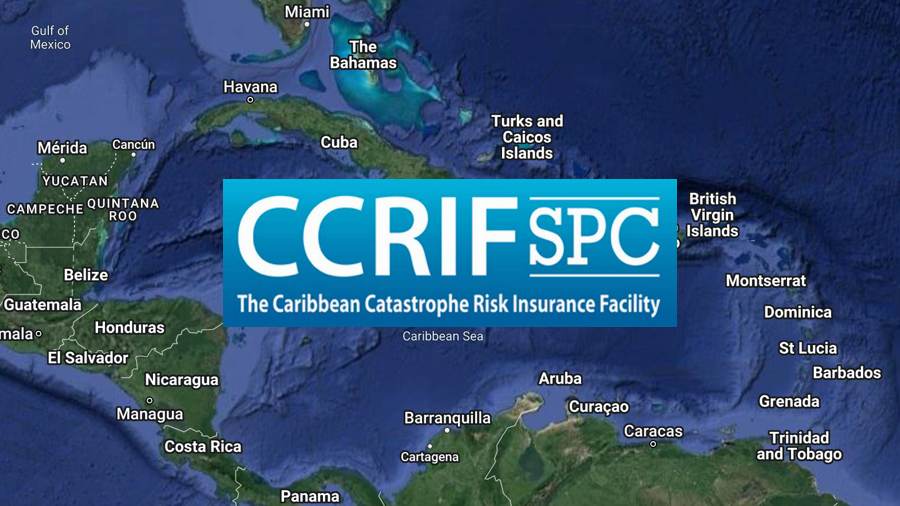CCRIF made $15.2m in parametric payouts through 2022 hurricane season

The CCRIF SPC (formerly known as the Caribbean Catastrophic Risk Insurance Facility) has made US $15.2 million in pay-outs to members after hydrometeorological events that took place during the 2022 hurricane season.
While there were no payouts after hurricane Ian, the most impactful event to the insurance, reinsurance and insurance-linked securities (ILS) industry of this year’s hurricane season, lesser storms and extreme rains have once again demonstrated the efficacy of parametric triggers when it comes to delivering responsive risk transfer protection.
Nicaragua received an $8.9 million payout from the country’s tropical cyclone policy after Hurricane Julia, affecting thousands of houses, causing downed electrical poles and wiring and many fallen trees.
Trinidad and Tobago received $5.84 million following heavy rains that occurred during October 5th to 8th, 2022, an event that caused widespread flooding in the twin-island nation. This payout was split into two chunks, with $5,115,782 made via an excess rainfall parametric insurance policy for Trinidad and $726,932 on the excess rainfall policy for Tobago.
Antigua and Barbuda also received $420,645 on its parametric excess rainfall policy, following rains associated with Tropical Cyclone Fiona.
With the 2022 hurricane season payouts, the CCRIF’s parametric insurance solutions have now paid $260 million to its country policyholders, constituting 58 payouts to 16 of its 24 members since the CCRIF’s formation in 2007.
CCRIF Chief Executive Officer, Isaac Anthony, commented, “In the face of a changing climate, parametric insurance is a must-have tool for governments in the Caribbean and Central America. CCRIF has been in the business of providing parametric insurance for the last 15 years and we continue to be encouraged that we are able to support our members to have access to quick liquidity after a natural disaster, to begin recovery efforts and to support the most vulnerable in their populations.”
As well as the policies that saw their parametric triggers breached and delivered payouts, there was also one occurrence of a CCRIF Aggregated Deductible Cover (ADC) being activated.
The Turks and Caicos Islands received $668,857 on the Aggregated Deductible Cover (ADC) for tropical cyclone risk after Hurricane Fiona.
The ADC feature of the policy was activated as the CCRIF modelled losses for the event were above 10 per cent of the minimum payment for the policy, triggering an ADC payment.
ADC payouts made by the CCRIF have now reached $3.3 million across tropical cyclone or earthquake policies.
CEO Anthony continued, “Parametric insurance must not be seen in isolation from other disaster risk financing tools”. He urges countries in the region “to take a more holistic approach to disaster risk financing and build a financial protection strategy that combines a number of risk financing instruments that address different layers or types of risk – incorporating instruments that support low and high probabilistic events as well as those that address both low and high severity events – including disaster reserve funds (DRFs), contingent credit facilities, CAT bonds etc. All these instruments have unique and distinct characteristics and are necessary to finance early response, recovery, and reconstruction needs while protecting a country’s fiscal balance.”






